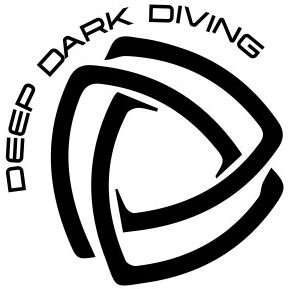What do you need to know to go Cave Diving in Mexico?
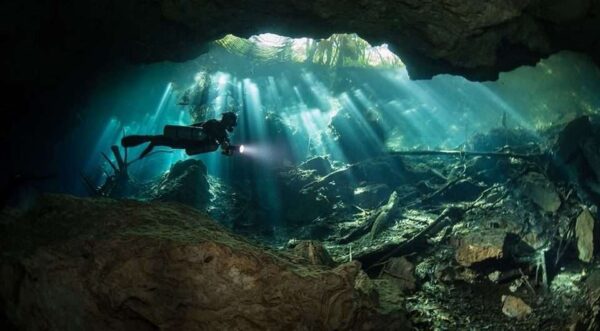
For cave diving, Mexico is, without a shadow of a doubt, one of the most popular destinations in the world. And there are good reasons for that.
The Yucatan peninsula is home to the longest underwater cave system on the planet: Cave System Ox Bel Ha, followed by Sistema Sac Actun, (Find out about the connection between the Sac Actun and Dos Ojos systems). And along with it, many more cave systems add up to way over a thousand kilometers of underwater cave passages. A lifetime of cave diving is already available, and many more passages are to be discovered.
Several thousand Cenotes offer their beauty for your best pleasure, each unique and more spectacular than the other above and below ground.
What are the Cenotes?
Cenotes are natural sinkholes of the Yucatan Peninsula, offering infinite possibilities for the most sensational cave diving experiences. For any trained cave diver, diving cenotes is a must! And for recreational divers, there are also some excellent dive sites to be discovered.
You always wanted to learn cave diving and are finally ready for your next adventure, but you are unsure where to start. Here are a few things to consider when choosing your cave diving instructor and training ground.
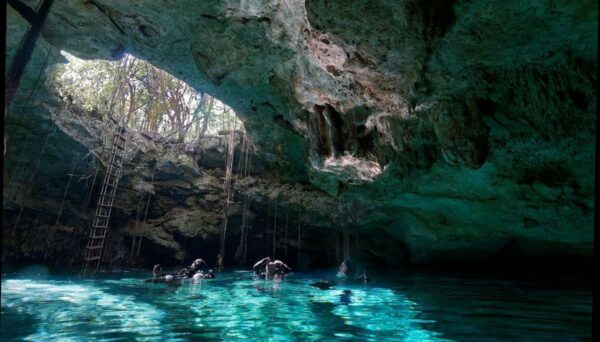
When you take your cave diving training in Mexico, prepare for long, intense days! With so many flooded caves, cave diving possibilities, and more underwater passages to be discovered, it is only natural that the Riviera Maya hosts some world-leading cave instructors. Take your time, contact several, question them, and question them some more. Ensure you get the right answer from the start and get along with your instructor.
How is Cavern Diving different from Cave Diving?
Although cave diving and cavern diving both are technically diving in an overhead environment, there are significant differences that you need to understand to decide what you want to do.
A Cavern is a large cave entrance with visible natural light, always pointing towards the exit and open water.
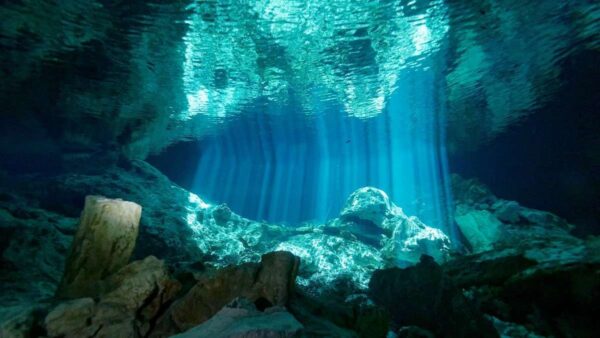
Cavern diving in the Cenotes requires a certified and qualified local cavern guide in the Yucatan peninsula. As an advanced open-water diver, you can book a tour through most dive operators in the area. They will provide you with detailed safety procedures inherent to cavern diving. No further training is required. However, the more you know, the better you are prepared, and the more you will enjoy your cavern diving in the Cenotes. And we strongly recommend taking cavern diving training. Main differences between Cave diving and Cavern diving:
Natural light in the cavern
In a cavern, you will see natural light and have good visibility. You can swim towards the light and access the surface if separated.
When cave diving beyond the daylight, you rely on your knowledge and abilities to exit under any conditions. It requires proper cave diving training.
Limits in cavern diving
When cavern diving, you are limited to penetration in the overhead environment of 60 m/200 feet from the closest exit. Your maximum depth is 40m/120ft. The visibility is always good and enables you fast access to the surface. You will not go through restrictions (divers must go into a single file to pass through a narrow passage). You will not make any complex navigation. The guideline you follow on the way in is leading you out; there are no decisions to be made.
In cave diving, you will learn how to dive beyond these limits properly.
Cave diving equipment
You can use your regular scuba gear for cavern diving, remove the snorkel, streamline your equipment, and bring your dive light.
For cave diving, your dive configuration will be entirely different. While cave diving, you can be far from the entrance and require full redundancy to deal with equipment failures. Your cave diving instructor will explain equipment considerations in detail during the cave course, along with the options, Side Mount or Backmount, their advantages and disadvantages, and the best way to configure your gear.
We strongly encourage you to question your instructor, who should orientate you toward the best choice for YOU. Ensure your instructor has extended experience and knowledge both in back mount and side mount in different environments, and express your dive interest.
Training for cave diving
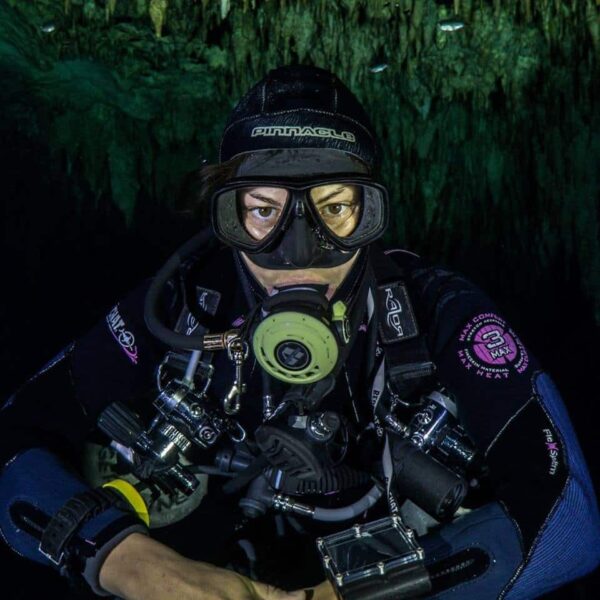
Caves and caverns are overhead environments requiring specialized training to dive safely.
Cave diving requires much more training and changes in your equipment configuration. You will fine-tune and update your skills and learn new techniques such as laying a line, following a line in zero visibility, and much more while doing your cave diving training.
What should you know before taking a Cave Diving Course?
Before signing in for cave diving training in Mexico, there are a few things to consider:
Cave diving is recommended for experienced divers with high underwater comfort under all circumstances. Being an advanced open-water diver is necessary but might not be sufficient. Personal experience counts for a great deal. And there are some basic skills you should already master, such as:
Buoyancy control and trim at all time
Comfort levels in different underwater environments, such as darkness and cold.
Streamline and configure your equipment: diving in overhead environments requires a lot of equipment and the knowledge to configure and use it appropriately.
Finning techniques: You most likely will be introduced to frog kick, helicopter, and back kick on day one.
Diving procedures: cave diving requires the right mindset and good practice of safety procedures. Learn them, and make sure you keep your knowledge up to date.
What cave diving equipment do you need for cave diving?
If cavern diving requires only a slight modification of your dive equipment, cave diving, on the other hand, entails a complete change of your configuration. Some pieces of equipment that you might have to consider changing include:
- Thermal protection: dives can be very long, and there is no direct ascent to the surface, meaning the exit can be long. Keep in mind that cold will affect your gas consumption and your safety.
- Dual tank configuration: twinset or side mount with the corresponding regulators.
- Lighting system: A long-lasting and powerful primary light and two backup lights.
- Redundancy: Some equipment you most likely own already will have to be doubled for redundancy including dive computer, mask, line cutter, or knife.
- Personal line markers: cookies, arrows, REM
- Safety spools
- Extra pieces of hardware: double enders, bolt snaps
We strongly recommend you discuss all equipment considerations with your instructor.
What will you learn during your cave diving course?
Be aware a cave diving course is demanding and challenging in many ways, and we mean it to be hard.
Your cave diving instructor should give you as many “tools” as possible to cave dive safely and face as many situations as possible during your cave diving training. Hopefully, you will face some of your worst dives during the course and learn how to prevent bad situations while cave diving in the future.

The TDI Full Cave course is divided between theory and practice. Your first training ground is on land to build your skills in a safe and controlled environment! Learn, practice, and ask as many questions as possible to ensure that once you reach the water, it is all understood.
The next step happens in open water. You’ll start practicing the techniques and drills in shallow water, a safe environment, and a great training ground for buoyancy and trim. Once you are ready, it’s time for real cave diving! And the actual practice of all the emergency scenarios.
Debriefings are a big part of your training. Your instructor will emphasize all mistakes, hoping you learn from them. Managing a drill once is not enough for a pass. You will have to repeat until you reach proficiency! Do not expect a high five and a pat on the back.
Some of the most important things you will learn in a cave course
Buoyancy and trim: The holy grail in diving! Nothing is possible if you cannot always maintain buoyancy and trim. There is only one way to perfect it: practice with a purpose, practice consistently, and practice some more. Then keep it up.
Practice does not make perfect. Only perfect practice makes perfect. – Vince Lombardi
Propulsion techniques: to avoid lifting sediment, impact on the cave, and to be able to maintain the desired position at all times.
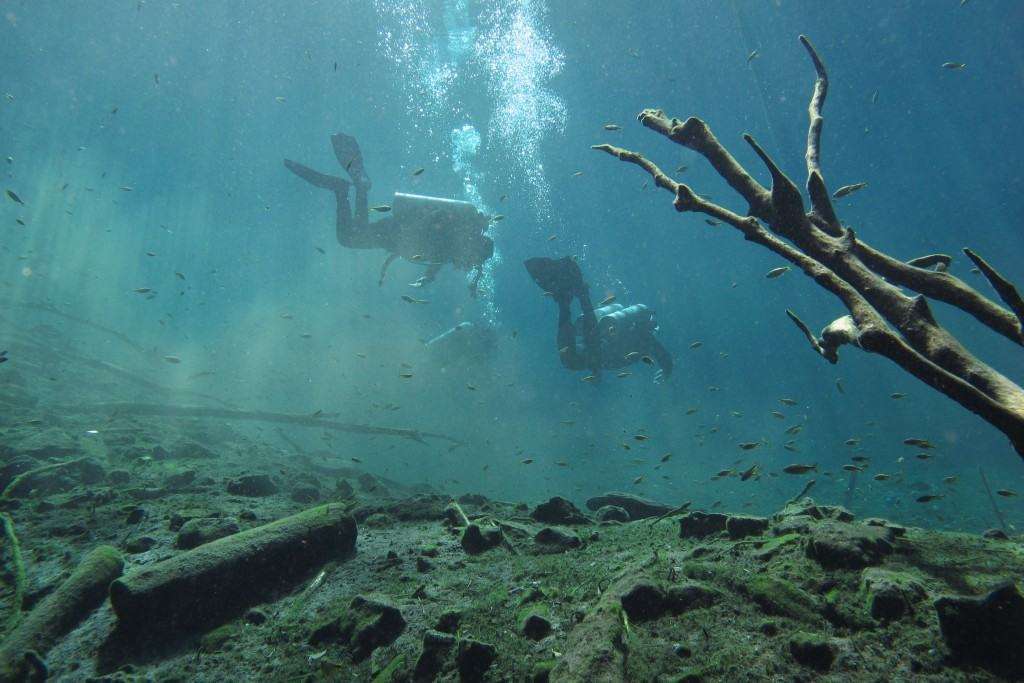
Team dynamic and communication: There are different ways of communicating underwater; some are more efficient than others and dependent on team positioning and dynamics. The better the team dynamic and communication in cave diving, the more efficient the problem-solving is in case of an emergency.
Navigation: Caves can be compared to big cities (especially the caves in Quintana Roo) with main avenues, side streets, buses-only roads, and bike tracks. Navigating into the cave is important. Mistakes can be more or less dramatic, but remember that you have some time pressure when cave diving and can’t afford the luxury of making mistakes and getting lost.
Line laying and retrieving: Where and how to lay a line is another important skill for cave diving. (Find out about line protocols) One of the advantages of training in Quintana Roo is that you will get many opportunities to practice line laying and retrieving. You will also face multiple scenarios as there are many training caves. The pleasant water temperature (24°C/76F all year round) and the shallow caves enable long in-water sessions. Not being cold is also an advantage to focusing on the task until mastery.
Contingency planning and execution: Consider all possible failures, plan for the worst-case scenarios, and practice. Then, you can hope for the best cave diving.
5 Rules for Safe Cave Diving
The five rules of cave diving arise directly from accident analysis in cave diving:
1. Training: you don’t know how much you don’t know! And you don’t want to wait until you get in real trouble to find out. Your training is your limit, and you should slowly and carefully build upon that.
3. Guideline: a continuous guideline should be run from open water so that cave divers can use it to find their way out of the cave.
2. Depth: In open water diving and cave diving, depth can be responsible for major accidents due to narcosis. At depth, divers judgment and performance are strongly impaired.
4. Air or Gas management: proper gas management is key in cave diving. It would be best to account for sufficient gas to exit and face emergencies.
5. Light and Equipment: you should carry enough light to perform the dive and delayed exits. Also, make sure you use adequate and well-maintained dive equipment.
Do you need a professional guide for cave diving in Mexico?
Once a certified cave diver, you will have enough knowledge to plan and dive with your buddy without a guide. However, when coming to Quintana Roo in Mexico, there are many advantages to using the services of a guide.
Find out the advantages of guided cave dives in the Cenotes of Mexico.
We are passionate about diving and love to spend time underwater in the most fabulous Cenotes. Deep Dark Diving offers cave diving training and guiding and technical diving training and guiding. We have something for you if you like unlimited dive time and like to spend lots of time underwater. Do not hesitate to contact us if you have any questions.
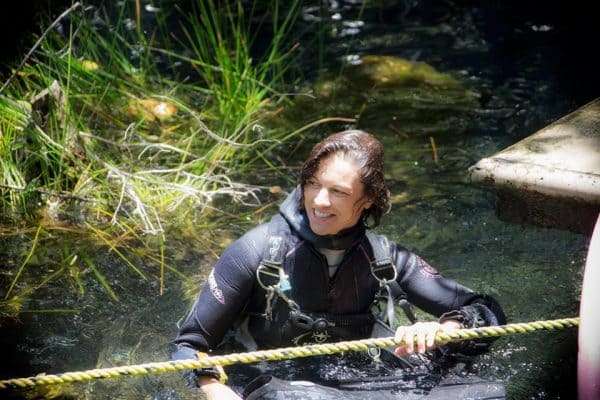
Géraldine Solignac Cave, Technical and CCR Diving Instructor – Instructor Trainer in Mexico
